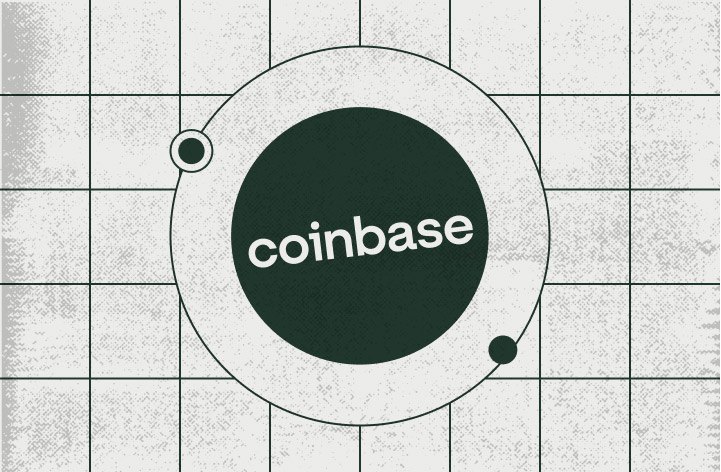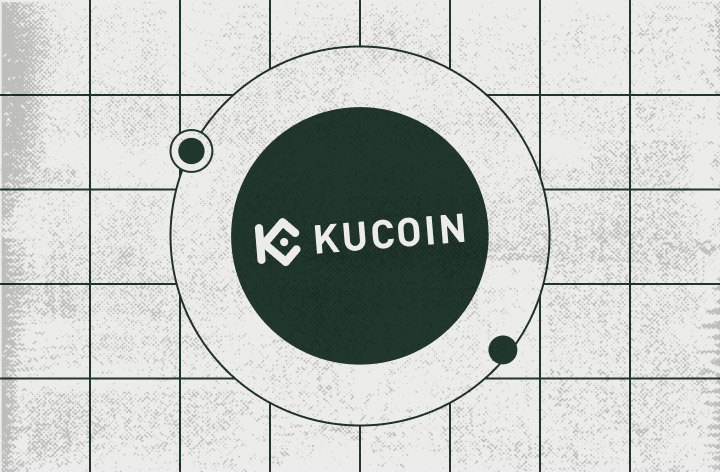Let’s continue to explore the possibilities of staking cryptocurrencies through exchanges. In the previous article, we figured out how to choose a crypto exchange for staking and considered ways to make passive income on Binance and OKX. Next up are other well-known exchanges that can be used to profit via staking digital assets.
Coinbase

Staking on Coinbase is only available for private clients. Business accounts can’t send assets to the exchange for staking. The feature is accessible through the exchange’s official website or Coinbase’s mobile app.
The list of coins available for staking on Coinbase is growing; at the time of writing, the exchange suggests receiving passive income by staking five coins:
- Algorand (ALGO). The minimum amount for staking is 0.01 ALGO. APY is 0.45%. The first rewards accrue after about a day, and each subsequent payment is received after every three months.
- Cosmos (ATOM). The minimum stake is 0.0001 ATOM. The expected return on the asset is 5% per year. The first reward payment is made after 7-14 days, and subsequent payments are received once a week.
- Ethereum (ETH). The first payment occurs in roughly two weeks. Then rewards will be accrued daily. The expected yield from staking ETH is 3.675% per year.
- Tezos (XTZ). The annual profitability is 4.63%. The minimum amount for staking is 0.0001 XTZ. The first reward will be available in 35-40 days and subsequent rewards will be received every three days.
- Cardano (ADA). ADA must have a minimum deposit amount of $1. The expected APY is 3.75%. The first reward will be credited in 20 days, and subsequent ones — every five days.
Staking on the Coinbase exchange requires registration and KYC processing. But even after confirming the investor’s identity, staking may not be available. The reason is that not all regions are able to participate in staking through Coinbase — there are only 69 countries where investors can lock coins. Moreover, there is a coin limit for some states.
It’s automatically possible to receive the staking reward if a minimum balance of the corresponding cryptocurrency is available in addition to the “frozen” coins in the investment portfolio. Otherwise, the investor must sign up to receive rewards manually.
Coinbase doesn’t guarantee any staking rewards if the APY drops, nor does it guarantee any specific staking rewards if the relevant protocol is hacked. Staking rewards on Coinbase are also not guaranteed.
KuCoin

KuCoin, a Hong Kong-based cryptocurrency exchange, offers three staking options:
- Fixed bets and deposit periods.
- Flexible betting and rewards terms.
- Promotions — high-yield FCFS crypto bets.
Only flexible-term depositing allows you to withdraw assets at any time; with fixed staking, funds will be automatically transferred to the account when the term expires. At the same time, the yield of fixed-term products is higher than that of flexible-term ones.
Fluctuations in staking yields on KuCoin are possible, depending on the market’s current state of affairs.
There are 60+ cryptocurrencies available for staking on the KuCoin exchange, divided into the following categories:
- Coins on the PoS algorithm. They are available for staking at a fixed or floating interest rate. Melos Studio coin (MELOS) has the highest APY of 101% when deposited for 45 days. Staking of popular coins NEAR Protocol (NEAR), Solana (SOL), and Zilliqa (ZIL) will bring an income of 11-18% per annum. Staking Polkadot (DOT) yields 7%, Polygon (MATIC) amounts to 4%, and staking Cardano (ADA) and Tron (TRX) will bring about 3% per annum.
- Stablecoins. They are accessible for staking on the exchange at a fixed rate and are often available in high-profit deals in promotions. Staking Tether (USDT) offers 5-6% returns per annum with flexible deposit and payout schedules. USD Coin (USDC) will bring about a 5% annual profit. Origin Dollar coin (OUSD) has a 3.5% APY.
- Ethereum 2.0 Staking. The ETH yield rate on KuCoin is 5.06%. Investors who participate in ETH 2.0 staking through the KuCoin Earn platform are rewarded based on the amount of ETH2 after deducting gas fees. Rewards are distributed daily.
Passive income on KuCoin is available under the KuCoin Earn tab. The platform has a sampling of assets by deposit period, yield, popularity, and promotions.
Kraken

The Kraken cryptocurrency exchange offers staking in two ways:
On-chain staking. Allows cryptocurrencies running on the Proof-of-Stake algorithm to be staked.
Off-chain staking. Allows staking in Kraken’s margin pools. That is, assets transferred to staking will take part in leveraged trades. This type of staking is available for some countries only.
On-chain staking on Kraken is analogous to traditional staking on crypto exchanges. It’s accessible for 13 crypto-assets:

The exchange supports Ethereum 2.0 staking with an APY of 4-7%. The ETH2.S/ETH market on Kraken enables customers to buy and sell staking positions on the Ethereum network. It works on the same principle as other order books on Kraken. Instead of exchanging one asset for another, customers of the ETH2.S/ETH marketplace exchange ETH without staking for ETH with staking.
The exchange plans to introduce on-chain stakes for the Dash cryptocurrency (DASH) in the near future.
Unlike other betting services, Kraken doesn’t limit users to a minimum investment period to receive rewards — the unlock period for on-chain bets is minimal. This applies to all available PoS-based assets except ETH2.
Off-chain staking is available for three assets:
- Bitcoin (BTC). The minimum deposit amount is 0.00000001 BTC. The staking yield is 0.25% per year.
- USD (USD). The minimum amount for staking is $0.01. The investment return is 2% per annum.
- Euro (EUR). The minimum stake is 0.01 EUR. The expected annual return is 1.5%.
Off-chain rewards are usually paid every Tuesday and Friday in the staking currency. Rewards will only be available if they are above the lowest decimal precision: 8 decimal places for BTC and 4 decimal places for EUR and USD.
During the period of locking assets in off-chain staking, they are unavailable for trading and can’t be withdrawn to an external wallet. Asset locking can be canceled at any time, however, the exchange can process the request for up to seven days.
In April this year, Kraken announced the release of structured staking products aimed at institutional investors. This was made possible by the crypto exchange’s merger with Staked, a staking platform. The new tool will allow investors to delegate funds to the stake and then sell futures contracts.
In recent years, cryptocurrency exchanges have gained wide popularity among investors due to the possibility of making passive income through staking. Today, almost all major exchanges support various types of crypto staking: PoS coin staking, stablecoin staking, and yield farming, as well as Ethereum 2.0 staking, which is gaining momentum.










